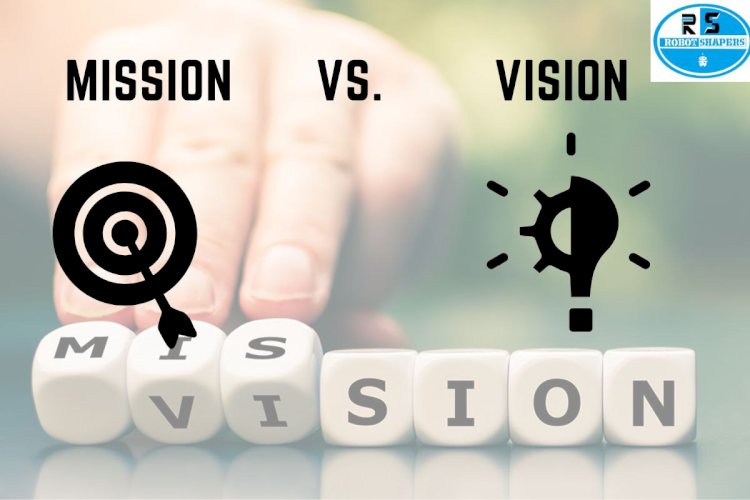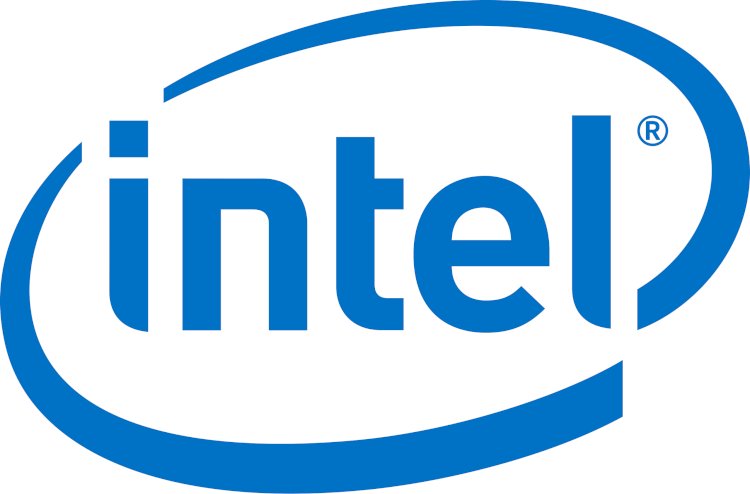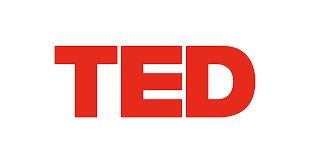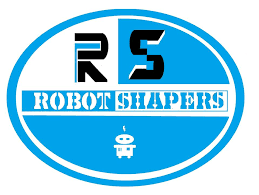Difference Between Mission and Vision
Mission and Vision statements are closely related but serve slightly different purpose. A mission statement describes the “what” and “how” of the company (sometimes also including the “why”). A vision statement focuses more on the”why” or meaning behind the company”s actions.

Difference Between Mission and Vision
MISSION
Meaning
The mission is an answer to the basic question ‘What business are we in and what do we do’.
An entity’s mission states what customers it serves, what needs it satisfies, and the products it offers. The mission statement should reflect the philosophy of the entities. Mission statements broadly describe an entity’s present capability, customer focus, activities, and business makeup. It is an expression of the growth ambition of the entity. Mission focus on the present business scope. It directs the day-to-day operations and decision-making of the entity. Mission statements remain unchanged over time although an entity can update its mission statement.
It helps in tactical planning and "rallying the troops" around a common near- to medium-term goal. The mission statement helps members of the entity get on the same page regarding what they should do and how they should do it.
The trickle-down effect of a mission statement confirms its value at any entity. A solid mission motivates a team to advance toward a common goal because they started at the same place and they are working together to reach the same end goal On the other hand, a weak mission — or no mission at all — can have the opposite effect.
Points to be considered while writing a mission statement.
- Unique: Good mission statements are unique to the entity for which they are developed.
- An entity’s business is defined by what needs it is trying to satisfy, which customer groups it is targeting and the technologies and competencies it uses, and the activities it performs.
- Not to make a Profit: The mission of an entity should not be to make a profit. Surplus may be required for survival and growth, but cannot be the mission of an entity.
- Special Identity: One of the roles of a mission statement is to give the entity its own special identity, business emphasis, and path for development – one that typically sets it apart from other similarly positioned companies.
VISION
Meaning
A vision is a road map of an entity’s future.
Vision provides specifics about technology and customer focus, the geographic and product markets to be pursued, the capabilities it plans to develop, and the kind of entity that management is trying to create.
It declares the entity’s long-term goals, serves as a foundation for a broad strategic plan, motivates the employees, attracts new employees, helps focus entity efforts, and helps entities to differentiate themselves from their competitors.
The vision statement promotes growth, both internally and externally.
A strong vision helps teams focus on what matters the most for their entity. It also invites innovation. A purpose-driven company envisions success as a whole because they know what success means for identity. On the flip side, a lack of vision is a road to nowhere for a business.
Elements of Vision
- Mission statement: Coming up with a mission statement that defines what business the company is presently in and conveys the essence of “Who we are and where we are now?”
- Long-term Course: Using the mission statement as the basis for deciding on a long-term course and making choices about “Where we are going?”
- Communication: Communicating the strategic vision in clear, exciting terms that would are organisation-wide wide commitment.
DIFFERENCE
|
BASIS OF DIFFERENTITION |
MISSION |
VISION |
|---|---|---|
|
DEFINITION |
A statement indicating the activities to be pursued for accomplishing a goal. |
The ultimate goal to be achieved. |
|
PURPOSE |
A mission statement describes the “what” and “how” of the company (sometimes also including the “why”) |
A vision statement focuses more on he”why” or meaning behind the company's actions. |
|
TIMEFRAME |
A mission statement outlines all the things a entity is doing in the present to reach it’s goal. |
A vision statement describes what a entity is building toward in the future. |
|
AUDIENCE |
Mission statements are public-facing statements. |
Vision statements are typically more focused on employees of the entity. |
|
SERVES |
Mission serves an ongoing and time-independent guide. |
Vision describes a future identity. |
|
GOAL |
Mission statement is more specific in terms of both the future state and the time frame. Mission describes what will be achieved if the entity is successful. |
Vision defines the purpose or broader goal for being in existence or in the business and can remain same for decades if crafted well. |
|
CAUSE |
Mission is the cause of the vision. |
Vision is the result of mission. |
|
STATEMENT |
Mission statement serves as a vision. |
Vision statement serves as a prediction. |
|
BENEFIT TO THE EMPLOYEES. |
Help recognize what exactly are they doing. |
Helps understand why they are doing a particular task. |
|
BENEFIT TO THE ORGANISATION |
The company recognizes what it should do in the present. |
The company understands what it wants to achieve in future. |
|
SCOPE |
Narrow |
EXAMPLES TO UNDERSTAND THIS BETTER:
- COMPANY: LinkedIn
MISSION: To connect the world’s professionals to make them more productive and successful.
VISION: Create economic opportunity for every member of the global workforce.
Credits: www.linkedin.com
2. COMPANY: Tesla
MISSION: To accelerate the advent of sustainable transport by bringing compelling mass-market electric cars to market as soon as possible.
VISION: To “create the most compelling car company of the 21st century by driving the world's transition to electric vehicles.

Credits:www.tesla.com
3. COMPANY: Google
MISSION: To organize the world's information and make it universally accessible and useful.
VISION: To provide access to the world’s information in one click.

Credits:www.google.com
4. COMPANY: Intel
MISSION: To Delight our customers, employees, and shareholders by relentlessly delivering the platform and technology advancements that become essential to the way we work and live.
VISION: If it is smart and connected, it is best with Intel.

Credits:www.intel.com
5. COMPANY: Ted
MISSION: Spread ideas.
VISION: We believe passionately in the power of ideas to change attitudes, lives and, ultimately, the world.

Credits: www.ted.com
For more articles visit www.robotshapers.com

 Arindam Deshmukh
Arindam Deshmukh 




















